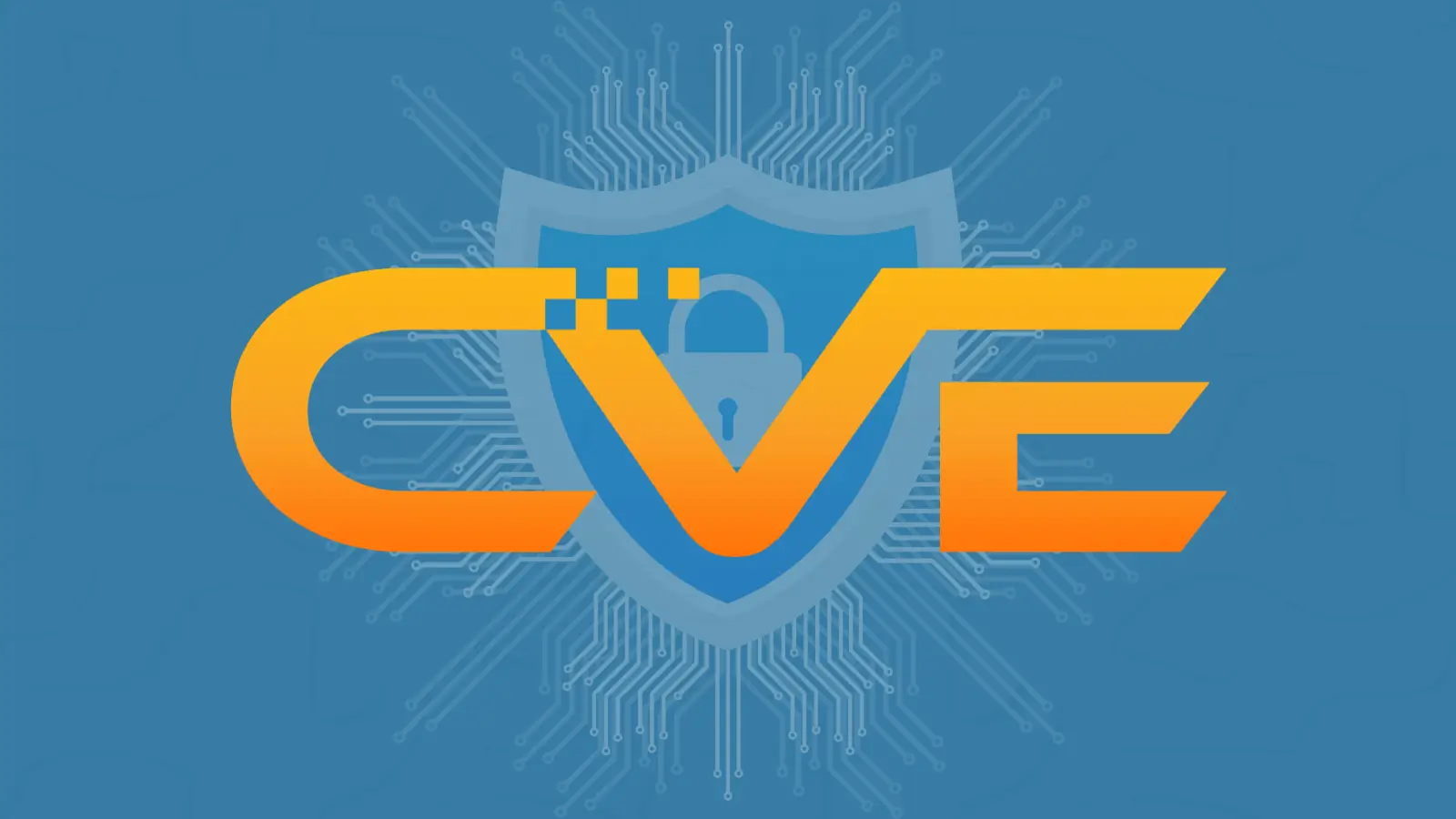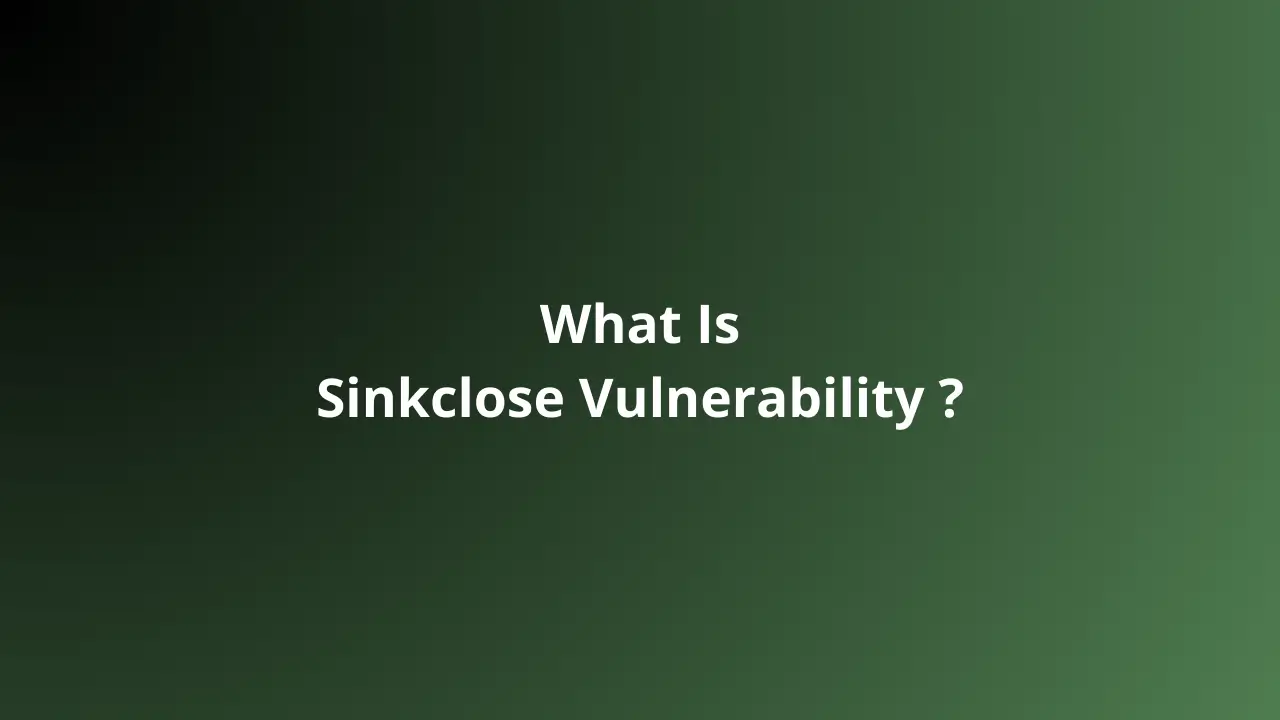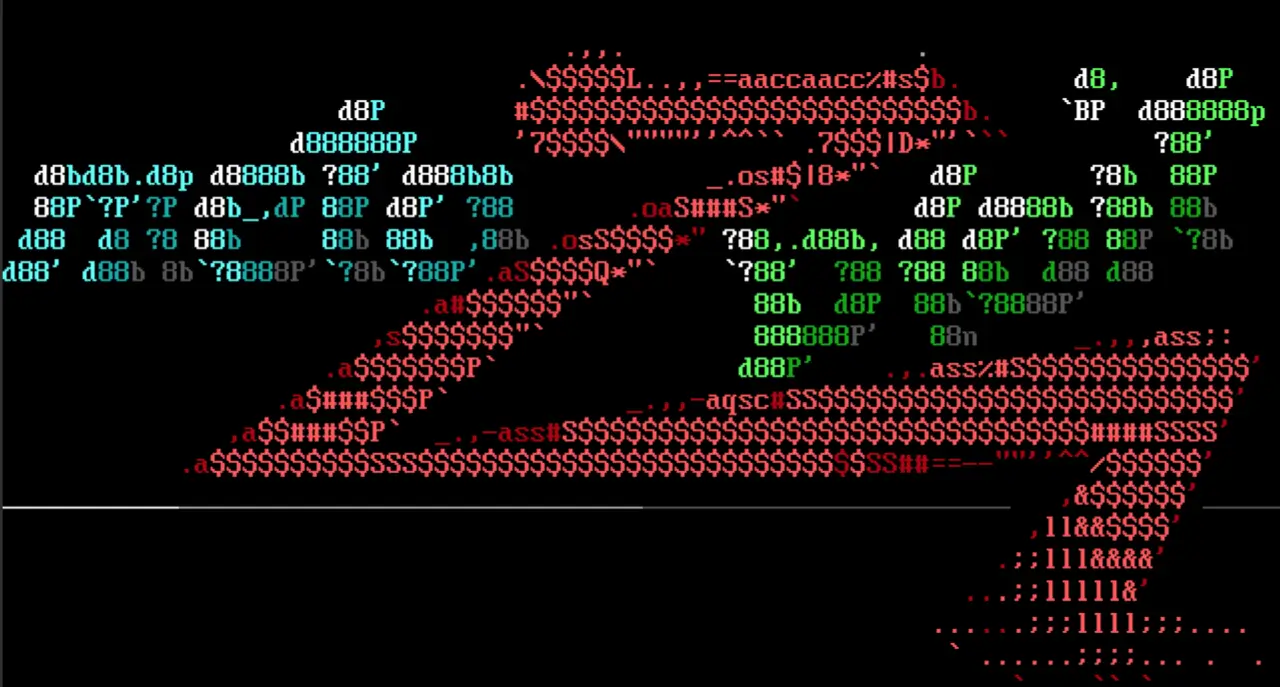What is CVE (Common Vulnerabilities and Exposures)?

In the world of cybersecurity, the term CVE (Common Vulnerabilities and Exposures) is one of the most important topics. CVE is a standard system for identifying, classifying, and documenting security vulnerabilities found in software and operating systems. CVE allows security professionals to communicate about vulnerabilities in a consistent and standardized way worldwide.
In this article, we will discuss in depth what CVE is, how the CVE data collection process is carried out, who is responsible for managing CVE, the benefits of CVE for the world of cybersecurity, and examples of CVEs that have been in the spotlight.
What is CVE?
CVE stands for Common Vulnerabilities and Exposures which means Common Vulnerabilities and Exposures. CVE is a list that contains unique identifiers for each security vulnerability found in software or systems. CVE provides a standard reference that allows security professionals to track and share information about security gaps in a consistent and organized way.
For example, when a new vulnerability is discovered in the Windows operating system, it is given a unique CVE ID, such as CVE-2025-12345. With this ID, researchers and security companies can easily identify it, assess its impact, and find solutions to fix it.
History of CVE
The CVE program was first introduced in 1999 by MITRE Corporation — a non-profit organization focused on research and development in the field of cybersecurity and information technology. The main purpose of creating CVE is to provide a standardized reference for every security vulnerability discovered, thus facilitating the process of communication and handling throughout the cybersecurity community.
MITRE Corporation manages CVE as part of a project funded by the US Department of Homeland Security (DHS) through the Cybersecurity and Infrastructure Security Agency (CISA).
How is the CVE Listing Process Done?
Vulnerability Discovery
The CVE process begins when a researcher or security firm discovers a vulnerability in a software or operating system. These vulnerabilities can include:
- Source code flaws
- Encryption or authentication flaws
- Data input-output flaws
- Memory or buffer overflow exploits
Submission to CNA (CVE Numbering Authority)
Once a vulnerability is discovered, a researcher or firm can submit a report to the CVE Numbering Authority (CNA). A CNA is an organization authorized by MITRE to register and manage CVE IDs. Some well-known CNAs include:
- Microsoft
- Red Hat
- Apache
- Debian
- Oracle
Validation and Evaluation Process
Once a report is received, the CNA will conduct a validation and evaluation process, which includes:
- Ensuring that the vulnerability is truly new and has not been previously recorded in a CVE.
- Evaluate the severity based on CVSS (Common Vulnerability Scoring System).
- Analyze the potential impact on vulnerable systems.
CVE ID Assignment
If the vulnerability has been validated, the CNA will assign a unique CVE ID with the following format:
CVE-YYYY-NNNNN
Description:
CVE– Indicates that this is a vulnerability in the CVE listYYYY– Year the vulnerability was discoveredNNNNN– Sequential number of the vulnerability discovered in that year
For example:
CVE-2025-12345→ Indicates that this vulnerability was discovered in 2025 and is the 12,345th vulnerability recorded in that year.
Publication and Documentation
Once a CVE ID is issued, information about the vulnerability is published in the official CVE database, https://cve.mitre.org/. The published information typically includes:
- Description of the vulnerability
- Affected systems or software
- Severity rating based on CVSS
- Recommended fixes or patches
Who is Responsible for CVE Management?
MITRE Corporation collaborates with several entities to manage the CVE system globally, including:
- CVE Board → Responsible for determining policies and developing the CVE system.
- CNA (CVE Numbering Authority) → Responsible for receiving vulnerability reports and providing CVE IDs.
- NVD (National Vulnerability Database) → A national database that manages CVE data and provides additional information such as risk analysis and solutions.
- Vendors and Communities → Software manufacturers, security researchers, and the security community who also report and address vulnerabilities.
Benefits of CVE for the Cybersecurity World
Vulnerability Identification Standardization
With the CVE system, every vulnerability found will have a unique ID that makes it easier to identify and track.
More Effective Communication
CVE IDs allow security professionals, software vendors, and researchers to communicate using the same reference without misunderstanding.
Accelerating Vulnerability Remediation
With structured vulnerability data, software vendors can more quickly develop patches or solutions to fix security holes.
Increasing Transparency
Publicly available CVE information allows users to know the security risks that exist in the systems they use.
Becoming a Basis for Creating Security Policies
Many companies and organizations use CVE data as a reference in developing their internal security policies.
Examples of Famous CVEs
CVE-2017-0144 (EternalBlue)
This vulnerability allows exploitation of the SMBv1 (Server Message Block) protocol in Windows, which is used by the WannaCry ransomware attack.
CVE-2021-44228 (Log4Shell)
A critical vulnerability in the Apache Log4j library that allows remote code execution (RCE) with very high severity.
CVE-2014-0160 (Heartbleed)
A vulnerability in OpenSSL that allows the leakage of sensitive information such as encryption keys and user data.
How to Protect Yourself from CVEs:
- Always update your systems and software to the latest versions.
- Use firewalls and intrusion detection systems to prevent exploits.
- Conduct regular security assessments to find and fix vulnerabilities before they are exploited.
- Use threat intelligence services to stay up-to-date on the latest CVEs and exploits.
Conclusion
CVEs are an essential element in the cybersecurity world that allows for the standardization and management of information about software and system vulnerabilities. With CVEs, the cybersecurity world becomes more organized in dealing with emerging threats, increasing transparency, and accelerating the response to vulnerabilities. Keeping up-to-date with CVEs is a crucial step in strengthening system security and preventing dangerous exploits.





